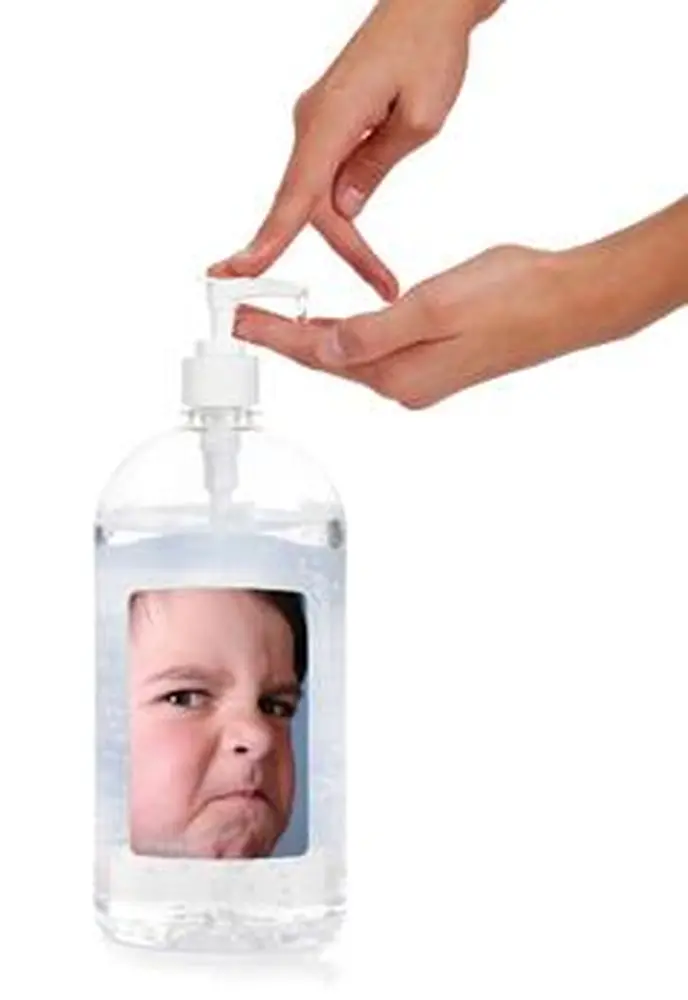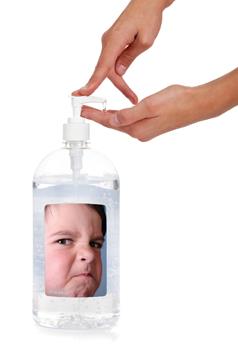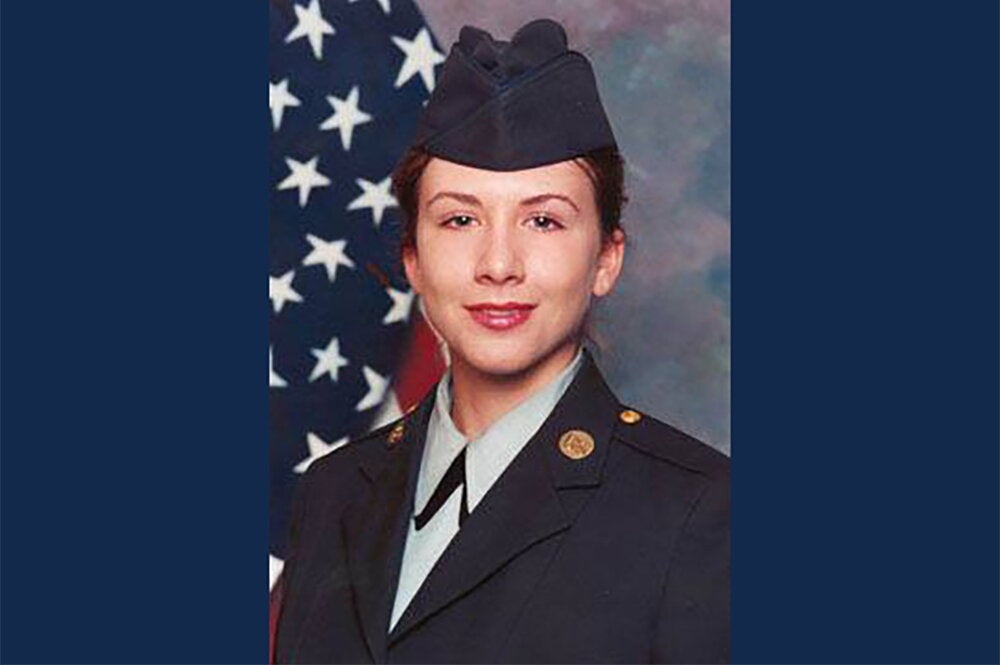

Researchers at the University of Illinois who have studied the lives of more than 1,000 children from birth to 18 years old have found that those who spend in excess of 30 hours per week in nonrelative care through the age of 4½ might become more physically aggressive than peers who spend less time in early child care.
Educational psychology professor Philip Rodkin and psychology professor Glenn Roisman studied children across the U.S. to identify characteristics common among a small but influential group of children who are simultaneously aggressive and popular with their peers.
“We wanted to understand the kinds of conditions under which these characteristics co-occur,” Roisman says. “Our quest to understand these individuals wound up leading us back to child care as the explanation.”
Roisman is co-principal investigator on the National Institute of Child Health and Human Development Study of Early Child Care and Youth Development, an ongoing study that has tracked children since they were infants.
The children and their families were recruited for the study shortly after the children’s births and were interviewed and observed at home and in 10 university laboratories. Children’s cognitive functioning was assessed on four occasions through the age of 4½, as well as in grades 1, 3, and 5. Their general social competence with adults and with peers in grades 3-6 was assessed through questionnaires completed by their mothers and teachers. Classroom observers also evaluated the children’s disruptiveness and social skills using multiple observations at each grade level.
Based upon teachers’ rankings of the children’s popularity with same-sex peers, the children were categorized as nonpopular-nonaggressive, model, aggressive, or tough—the last category comprising children who were simultaneously aggressive and popular.
The sensitivity of mothers to their children’s emotional needs were observed during multiple videotaped parent-child interactions at the ages of 6 months, 15 months, 2 years, 3 years, and 4½ years, and during grades 1, 3, and 5. In addition to examining the amount of time the children spent in non-maternal care each week, the researchers also looked at the proportion of time spent in center-based care and assessed the quality of care through observations.
Rodkin and Roisman found that the only characteristic that consistently differentiated popular-aggressive/tough children from their peers was the amount of time spent in nonrelative care. The more hours spent in early child care, the more likely children were to be both popular and aggressive by middle childhood.
The researchers found that both tough children and aggressive children spent a larger proportion of time in center-based care, experienced lower quality care, and had mothers who were significantly less sensitive to their emotional needs than model children. Additionally, tough children, aggressive children, and nonpopular-nonaggressive children all had significantly lower levels of cognitive functioning prior to and during grade school than model children.
Spending a large quantity of time in nonrelative care may render some children particularly adept at leveraging physical aggression to garner social and material resources, thus bolstering their popularity, dominance, and status through middle childhood. By the time tough children reach the 6th grade, they “may have enduring patterns of peer aggression, possibly influencing other children toward antisocial behavior as well,” Rodkin and Roisman suggest.
“What we think is going on with popular-aggressive kids is that in the peer context of early childhood there may be high levels of aggression and not very directive socialization on caregivers’ parts, so that aggression becomes popular by virtue of children’s interactions with one another,” Rodkin says. “There is evidence from other studies indicating that aggression is socially contagious, and that once you ‘catch’ aggressive behavior patterns, they can endure, even after the original setting is no longer present.”
The children, now age 18, have just been reassessed, and researchers hope to assess them again in their early 20s.
“One question that remains is how popular-aggressive kids fare when they transition to college or work roles,” Roisman says. “Whether this is an approach to dealing with their peers that ultimately serves them well or not is totally unclear on the basis of these data.”


